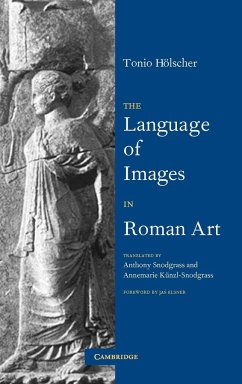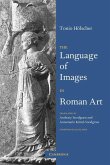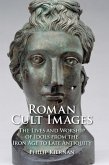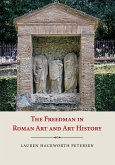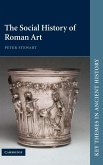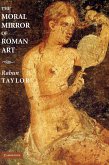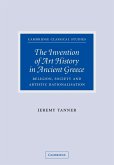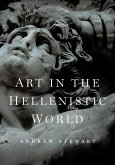This book, first published in 2004, develops a theory for the understanding of Roman pictorial art. By treating Roman art as a semantic system it establishes a connection between artistic forms and the ideological messages contained within. The history of Roman art traditionally followed the model of a sequence of stylistic phases affecting the works of their era in the manner of a uniform Zeitgeist. By contrast, the author shows different stylistic forms being used for different themes and messages. The reception of Greek models, a key phenomenon of Roman art, thus appear in a new light. The formulations of specific messages are established from Greek art types of different eras serving to express Roman ideological values: classical forms for the grandeur of the state, Hellenistic forms for the struggling effort of warfare. In this way a conceptual and comprehensible pictorial language arose, uniting the multicultural population of the Roman state.
Bitte wählen Sie Ihr Anliegen aus.
Rechnungen
Retourenschein anfordern
Bestellstatus
Storno

